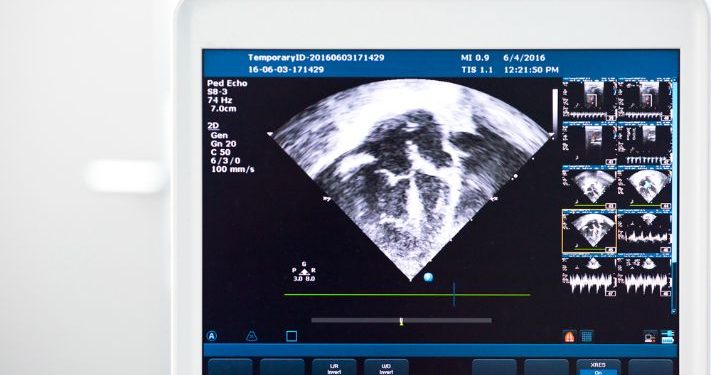Tricuspid stenosis symptoms are caused by a narrowing of the valve that allows blood to pass from the right heart chamber (right atrium) to the right ventricle. It can happen in a person who is born with congenital heart disease, such as Ebstein’s anomaly, or in someone who has had rheumatic fever or other conditions that may have affected the valve.
The symptoms of tricuspid stenosis usually begin after several years, but some people have no symptoms at all. These symptoms include swelling in the feet, legs, or abdomen; breathing problems when lying down; and uneven heartbeat. If they are severe enough, medications or surgery may be needed.
If you have tricuspid stenosis, your doctor will probably recommend monitoring it carefully through occasional medical appointments. Your doctor will also want to check your heart rate, blood pressure, and oxygen levels regularly. You may need to have other tests and checkups to make sure you are not having any other health problems that are affecting the function of your heart.
You will be given a medication called an ACE inhibitor to help lower your blood pressure. You may also need to take anti-arrhythmics to help control your heart rhythm and prevent atrial fibrillation or other abnormal heartbeats. You may also need to use a blood thinner to help prevent blood clots from forming and causing a stroke or other serious problem.
Your doctor may also suggest that you take a loop diuretic to help remove excess fluid from your body. These drugs can help reduce a lot of the symptoms of tricuspid stenosis, but they don’t work well for everyone.

In some cases, the tricuspid valve does not need to be treated. You can improve your condition with lifestyle changes, such as avoiding salty foods and alcohol, quitting smoking, losing weight, and getting regular exercise.
A doctor can diagnose tricuspid stenosis with a physical examination and an echocardiogram. Your doctor will also check your chest x-ray and your electrocardiogram to look for any other problems with the heart.
On an echocardiogram, the doctor will see that your tricuspid valve is leaking or leaking backward into the upper chamber of your heart (right atrium). Your doctor may also be able to hear a murmur during the heart’s normal rhythm that sounds like blood is coming back into your tricuspid valve.
This is often referred to as regurgitation. When it happens, the blood leaks backward into the right atrium and can cause serious problems.
It is rare for a person to have tricuspid stenosis in adults, but it can occur in older people with carcinoid syndrome or with multivalvular rheumatic heart disease. It can also occur in children with congenital heart disease, such as with Ebstein’s anomaly.
Your doctor will diagnose tricuspid stenosis by looking at your chest x-ray and doing a physical exam with a stethoscope. If you have a history of rheumatic fever or other heart conditions, your doctor will probably recommend that you get an echocardiogram to check the tricuspid valve and find out if there is any damage to the heart. You may also need a heart catheterization to determine if your tricuspid valve is blocked.









